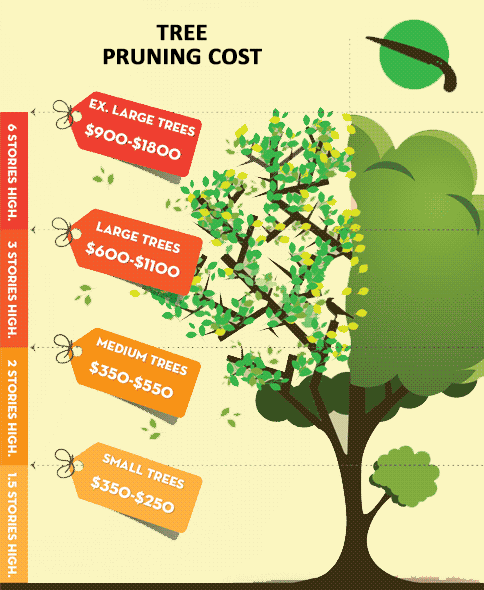Post-Tree Removal Upkeep: Effective Techniques For Landscape Restoration
Post-Tree Removal Upkeep: Effective Techniques For Landscape Restoration
Blog Article
Web Content By-Franks Mejia
After a tree's elimination, your landscape might look quite different, and it's vital to assess the consequences carefully. You'll intend to review the dirt disruption and examine bordering plants for any indications of stress and anxiety. Neglecting these aspects can lead to larger problems down the line. So, what should you finish with those stumps and roots? And just how do you pick the most effective plants for your rejuvenated space? Let's explore these vital actions.
Evaluating the Consequences: Assessing Your Landscape
After a tree removal, it's crucial to assess your landscape to comprehend the influence it carries your lawn.
Begin by checking out the location where the tree stood. Search for indicators of dirt disturbance, and inspect the bordering plants for any kind of stress or damages.
You need to also bear in mind of exactly how the removal has actually altered sunlight exposure and air flow in your garden. This change can influence the growth of nearby plants, so it's vital to examine their wellness.
Think about the aesthetic elements too; the elimination might create an open space that you can upgrade.
Finally, consider any prospective erosion concerns that might arise from the tree's lack. Addressing these factors early will help restore balance to your landscape.
Handling Stumps and Roots: Choices for Removal
As soon as you have actually analyzed the consequences of the tree removal, you'll likely need to deal with the stump and roots left behind.
You have a couple of alternatives for elimination. One efficient method is stump grinding, where a professional makes use of a device to grind the stump to below ground level. This approach leaves very little disruption to your landscape.
If you choose a DIY method, you can make use of a combination of excavating and chemical stump eliminators. Simply remember, this procedure can take time and effort.
Conversely, consider leaving https://drive.google.com/drive/folders/1wye0IKLiNsaO9SwAfoFYkEzy7R4OUkrm?usp=drive_open as an all-natural function, which can act as an unique yard aspect or environment for wild animals.
Whatever you choose, addressing the stump and origins is necessary for restoring your landscape.
Selecting the Right Plants for Your New Space
As you examine your newly removed room, selecting the right plants can substantially boost your landscape's appeal and capability.
Start by taking into consideration the sunlight and soil conditions. For warm locations, go with drought-resistant plants like lavender or succulents. In shaded areas, brushes and hostas prosper well.
Consider the dimension and development habits of your plants; mix perennials and annuals for seasonal range. Do not neglect to incorporate native species; they require much less maintenance and support local wild animals.
Group plants in odd numbers for a more natural look and create layers for aesthetic depth.
Ultimately, guarantee you have a mix of colors and appearances to keep your landscape vibrant throughout the periods.
https://www.signalsaz.com/articles/tips-for-revamping-your-backyard-in-prescott/ !
Verdict
To conclude, restoring your landscape after tree elimination is a gratifying procedure. By examining the results, dealing with stumps and origins, and selecting the right plants, you'll produce a growing atmosphere. Do not forget to incorporate erosion control steps to secure your soil. With a little initiative and care, you can change your room into a lively garden that boosts your building. Accept the opportunity to rejuvenate your landscape and take pleasure in the charm of nature right in your yard!
